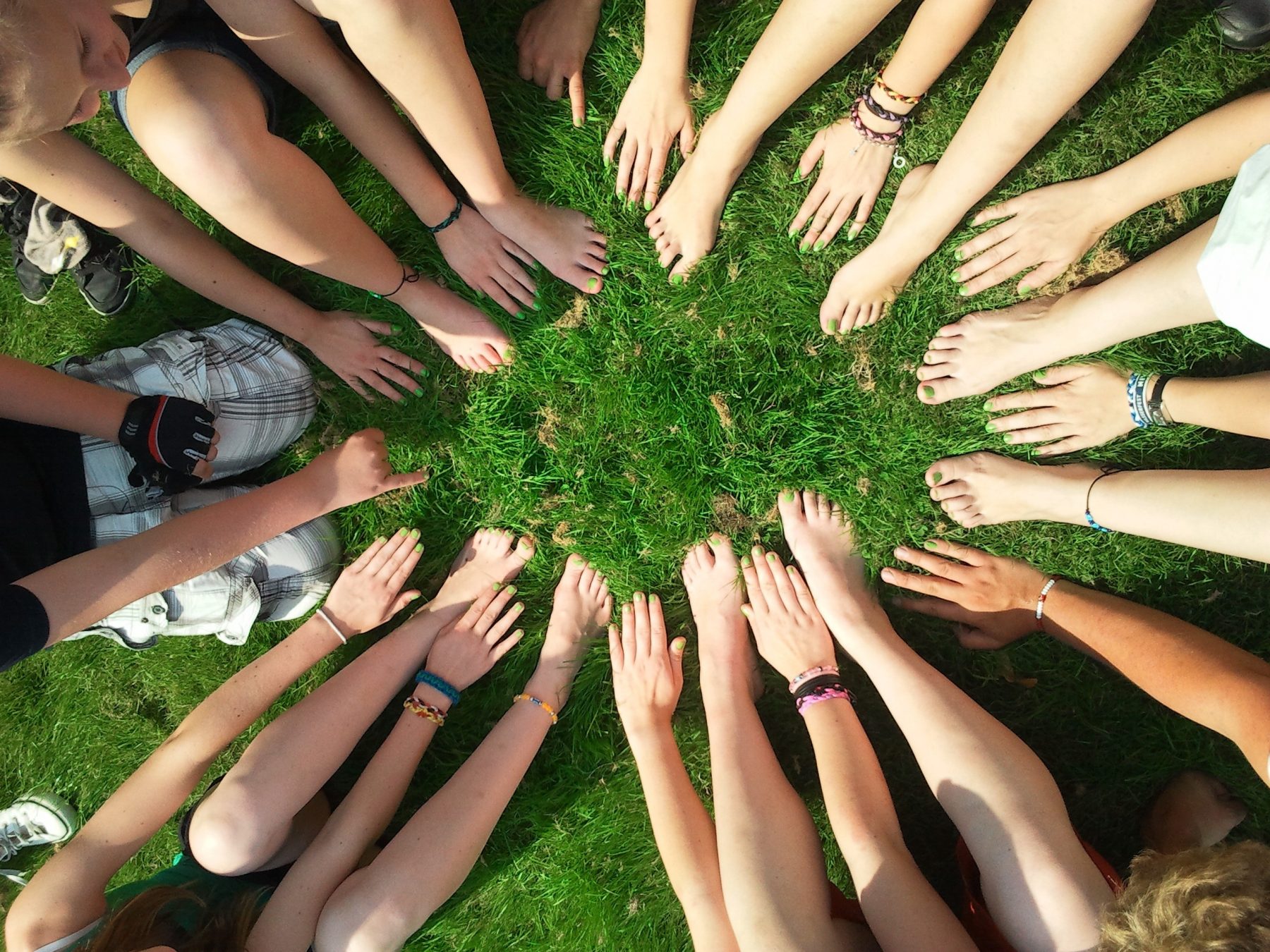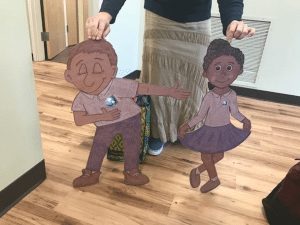Teaching Children to Appreciate Diversity
The Montessori teacher’s task is to facilitate her children’s development into world-minded individuals. Back at the dawn of the 20th century, Maria Montessori knew that world peace started with educating children. In today’s world, this concept is as relevant as ever and teaching children to appreciate diversity is of extreme importance.
One of the most important attributes of a world-minded individual is an understanding of and appreciation for diversity. The best way to develop this is through early and frequent exposure to people from a variety of cultures.
Both circumstances and geography will determine how much exposure to those different than themselves will ultimately get. However, we can stretch this by being mindful of its importance. As teachers, we can provide opportunities to experience things that our children otherwise might not. We can ask questions that they might not ever have considered.
Montessori guides need to bring diverse experiences to their students right on their shelves. The classroom environment needs to be prepared to entice our young learners to discover the wonders of the different types of people on our planet so they can appreciate diversity.
As always, little ones learn best with hands-on activities. Cultural appreciation is no different.
IN THE KITCHEN
Food is a favorite route to discovering new cultures. Toddlers and preschoolers love cooking projects. There is much they can do to assist in making dishes from around the world. Whether it’s latkas, potstickers, or sushi rolls, you can’t go wrong with cooking projects.
Consider having a special event where each family brings in a dish from their own culture. If your population is not diverse enough for that, assign the dishes or allow choice. You may want to allow those children from any particular culture to have the first choice when it comes to their own family traditions. This shows respect for each child’s background and emphasizes that the best way to learn about people is through authentic representations and to appreciate diversity.
To help little ones visualize the concept that people live throughout our planet, use a world map. A large map with illustrations of the different dishes that they can velcro on is a perfect way to do this.
ARTS AND CRAFTS
Every culture has its own unique art. Arts and crafts are hands-on and much loved by kids. Fun art projects are a wonderful way to help kids learn about other societies and customs. This can make it fun for them and help them appreciate diversity.
Stamps carved from potatoes and applied with red paint can support a unit on China and Chinese customs. Making a dreidel and learning to play opens up the world of Jewish culture. Making lacrosse sticks and a ball and playing this Native American game introduces tribal customs.
PENPALS
To develop a true understanding of diversity and to fully appreciate diversity, kids need to interact with people of different backgrounds. Cooking projects and crafts are wonderful introductions, but they are not the real thing.
We cannot change the neighborhoods our schools are in, nor can we cart our whole class off to India or Japan. Consider a penpal exchange to help bridge this gap.
Teachers might write letters based on a class discussion of what the children want to share and ask. Kids might use alphabet stamps to write a few things, or draw pictures and send photos.
A NOTE ABOUT CULTURAL APPROPRIATION
While it’s vital to help kids understand people of diverse backgrounds, avoid having kids dress up or act out “being” part of another group. There is a fine line between appreciation and misappropriation. Preschoolers cannot necessarily grasp that concept, so make decisions and set limits as the teacher that maintain the utmost respect for members of any and all cultures, particularly those that are marginalized. This is very important when teaching children how to appreciate diversity.


